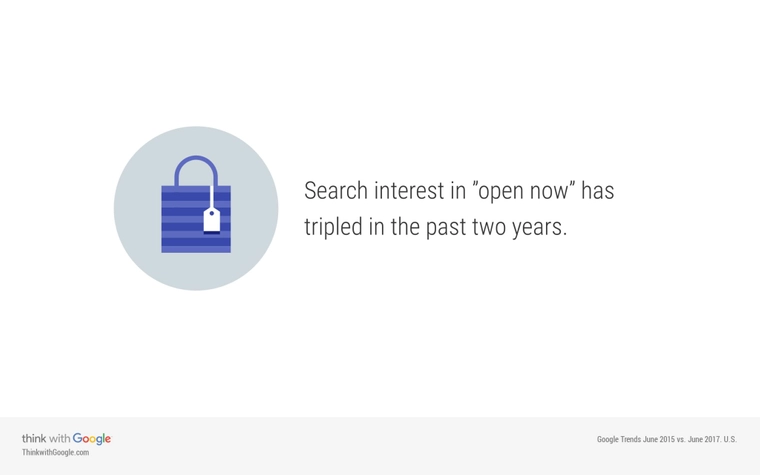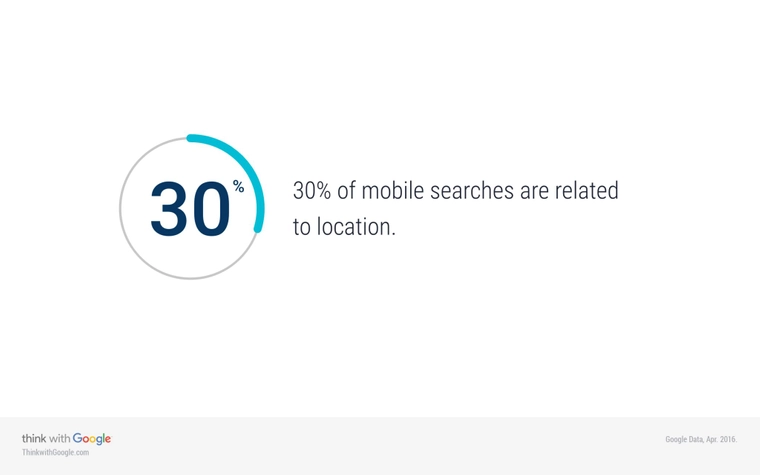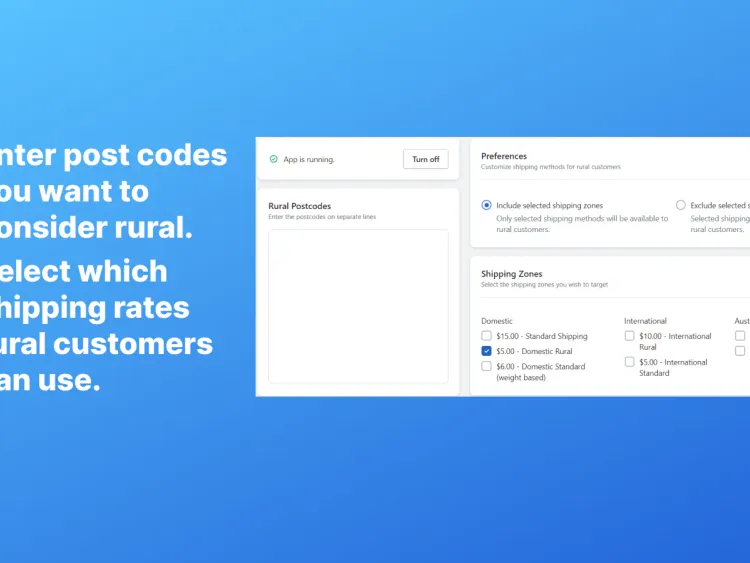
How Local SEO Attracts Local Customers
Local businesses have a distinct set of challenges to their campaigns compared to businesses that aren’t tied to any location.
Local SEO campaigns have a lot of factors that you normally wouldn’t take into account for your average SEO campaign.
Local factors like your address, your local reviews and your locally geared content all play into the performance of your local SEO.
With all these extra hoops, is local SEO worth it? Does it even work?
In this article I’m sharing the facts behind how local SEO attracts local customers, so you can decide for yourself if it will help your business.
I’m also going to talk you through how to get your local SEO performing above the pack with some simple ideas and techniques.
After this article you can expect to understand how local SEO can help you attract customers in your area and how to start off your own local SEO campaign.
Who’s interested in local stores?
It comes as no surprise that the people who are visiting local stores are searching online before they come in.
A lot of consumers performing these local searches commit to visiting a store in their area.
The stats revealed from SMX East revealed that 72% of consumers who did a local search visited a store within five miles.
These are people googling for a product or service in their area translating directly to visits to the physical store.
This high percentage shows that your local SEO strategy is a critical part of getting people coming into your store.
Consumers expect to find your website before they visit your store, if you’re a local store you need to have a location focused website.
Since we’re based in Hamilton, we like to include that in places like our contact page and footer to show people we’re a Hamilton based business.
Opening hours are also important to include for stores, people need to know when you’re open.
They want to make sure when they visit that you’re not closed for the day, especially if they need something now.
According to Google’s search statistics, Search interest in the term “open now” has tripled in the past two years.

What does this mean for local businesses?
It shows that customers are wanting to know what’s currently open, because they’re ready to buy now and probably not willing to wait.
Businesses have to cater to this and let customers know when they’re open, no one wants to take the risk of visiting to find that the store’s closed.
The rise of mobile searches
Nowadays we use our phone for everything, you can ask Google or Siri what’s open or what’s closest and get a result without even typing anything in.
A lot of mobile users are searching for some location, whether it be a store or a different kind of place.
In fact, 30% of mobile searches are related to a location.

That’s nearly a third of every mobile search looking for somewhere, and that somewhere could be your store.
Not only does this show the importance of local SEO, but also the importance of appearing in mobile search results.
The results served on a desktop computer are typically not the same as the results seen on a mobile phone, this is because the mobile related ranking factors like if your website is mobile friendly, how fast it loads on mobile, etc, have a stronger influence on the mobile search results.
If you haven’t made your website mobile friendly, you need to do it right now.
Mobile users are a big market of consumers, especially for local stores.
A lot of people searching for something on their phone will translate directly to store visits.
50% of consumers who conducted a local search on their smartphone visited a store within a day.
Half of all local searchers using mobile are translating into decisions to visit a store on the same day.
An even higher percentage visit if they’re searching for something nearby.
According to Google’s search & consumer statistics, 76% of people who search for something nearby on their smartphone visit a related business within a day, and 28% of those searches result in a purchase.

That means approximately 21.28% of people searching for something nearby are going to purchase something.
Local SEO isn’t just about foot traffic, it’s also about getting sales in your store.
If you’re not doing local SEO, you’re missing out on a valuable source of local customers ready to buy what you’re offering.
In a 2014 study published on Search Engine Land, they found that 78% of local mobile searches resulted in offline purchases.
That’s a lot of locals who would rather buy something offline rather than online.
Ecommerce is big and if you’re not doing it for your store, you’re missing out, but do not underestimate the proportion of people looking for a store nearby to physically purchase an item.
How to succeed in local SEO
By now, you should know why local SEO is worth it. If you’ve got a physical store you’re missing out on a lot of customers ready to buy from you if you’re not doing any local SEO at all.
But how do you get started with local SEO? We’re going to cover how to fire up your local SEO so you start appearing in the local search results.
If you’re from New Zealand you might also be interested in our Hamilton SEO guide or Auckland SEO guide that goes into more detail about how you can appear in the search results for those cities.
Set up a Google My Business listing and include your opening hours
A Google My Business listing helps put your business front on Google, when people Google your business it shows your information next to the search results like so:

Getting set up with a Google My Business listing is easy, just sign up on their website, claim your business, verify your details and you’re set.
A Google My Business listing shows useful information like where you are, what the popular visit times are, your website, directions, and more.
Make sure to include your opening hours, like we discussed people want to know when you’re open before they visit.
Include your name, address and phone number on your website
Including your name, address and phone number, often referred to as your NAP, is an integral part of local SEO.
I’ve written an entire article on what NAP is and how it helps local SEO, but the basic guidelines are:
- Include your NAP on every page on your website in the footer. Include it again inside your “Contact” & “About Us” page.
- Make sure all of your details are unique to you, don’t use a shared address or a P.O box.
- Make sure all the information is correct and you’re using real details.
- Keep it consistent across your entire website and other online profiles.
Doing this will help show to customers you’re an authentic business, as well as give a strong boost for your local SEO.
Get local reviews and include them on your website
Getting reviews from locals help show authority in your industry, authenticity and most importantly social proof.
Google favours sites that are well rated, this is especially true for the correlation between local reviews & local SEO.
Encourage reviews on your Google My Business listing as well as anywhere else you’re listed.
Once you’ve got some positive reviews, include them on your website as well. Putting those positive reviews from locals on your website helps place them in the forefront for visitors to see, and also helps to show others they may know were happy with their purchase.
Create local content
A great way to appear in the local search results is making content geared towards the local searches.
Create a narrative about the aspects of what you sell or your industry unique to your location.
For example, if you sell bikes in Hamilton, why not publish upcoming biking events in Hamilton? You could even make your own to promote the website.
It’s all about getting your business out in front of the community and showing you’re a part of it too.
Conclusion
That wraps up understanding how local SEO can help you attract customers in your area and how to start off your own local SEO campaign. Start positioning yourself in the forefront of those local searches!


